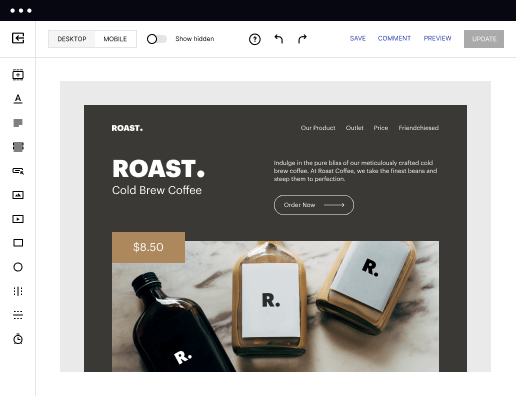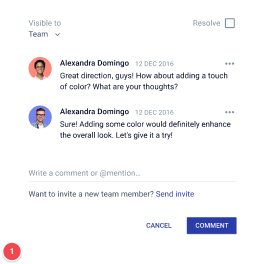Make your 500 internal server error page designed for Ubuntu
Instapage empowers you to reduce costs, increase conversions, and deliver meaningful experiences on Ubuntu.
Creating a 500 Internal Server Error Page on Ubuntu: A Step-by-Step Guide
Encountering a 500 Internal Server Error can be frustrating for users and marketers alike. Instapage's robust optimization tools allow you to build landing pages that maintain brand trust, even in error scenarios. This guide will walk you through creating a custom 500 error page on Ubuntu that reassures visitors while optimizing your conversion potential, addressing common concerns in business services, tech, and education.
Understanding the 500 Internal Server Error
A 500 Internal Server Error indicates that something has gone wrong on the server side, though the exact cause is not always clear. This type of error can occur for various reasons, such as misconfigured server settings or issues with the server’s resources. Understanding why these errors occur is crucial for marketers in different sectors like Financial Services and Government, as it helps manage customer expectations and maintain brand loyalty.
Step 1: Access Your Ubuntu Server
Before you can create your 500 Internal Server Error page, you need to access your server. Here are some methods to do so:
- SSH Access: Use an SSH client to connect to your server using the command 'ssh This ensures you have the necessary permissions to modify server files.
- Control Panel Access: If you use a hosting provider, you might have a web-based control panel like cPanel or Plesk to manage server settings.
- File Transfer Protocol (FTP): Utilize an FTP client to access the server's filesystem directly for simple file transfers.
Step 2: Create the Error Page
Creating the actual error page is straightforward. You may want to create an HTML page that includes a user-friendly message.
- Design Layout: Using Instapage’s templates or your design ideas, ensure that the page reflects your brand's look and feel.
- Error Message: Include a custom message informing users that a 500 error has occurred. This message can offer guidance on what to do next, like refreshing the page or contacting support.
- Use Relevant Visuals: Add visuals that align with your brand to retain user engagement even during errors.
Step 3: Configure the Server to Use Your Error Page
Once your custom error page is created, configure your Apache or Nginx server to utilize this new page when a 500 error is detected.
- For Apache Servers: Locate the .htaccess file and add the line 'ErrorDocument 500 /path/to/your/custom_500.html.' This directs users to your custom error page.
- For Nginx Servers: Edit the nginx.conf file to include 'error_page 500 /path/to/your/custom_500.html;' and ensure proper permissions are set.
- Restart the Server: After making changes, perform a restart of your server to apply the new configurations.
Following these steps ensures you have a professional and reassuring 500 Internal Server Error page in place, which can help mitigate negative impacts on conversions.
Take the time now to create your custom error page. Instapage can enhance your landing page experiences, even during unforeseen errors. Act now!
Get more out of Create your 500 internal server error page on Ubuntu
Improve your Quality Score with quick load technology for landing pages
Increase conversions with content that aligns with your ads and audiences
Achieve maximum ROI by scaling your marketing initiatives
Leading the way in building high-performing landing pages





FAQs
See how to create your 500 internal server error page on ubuntu in action
Ready to skyrocket conversions?
Supercharge your ad campaigns with high-performing landing pages.
Get started
















